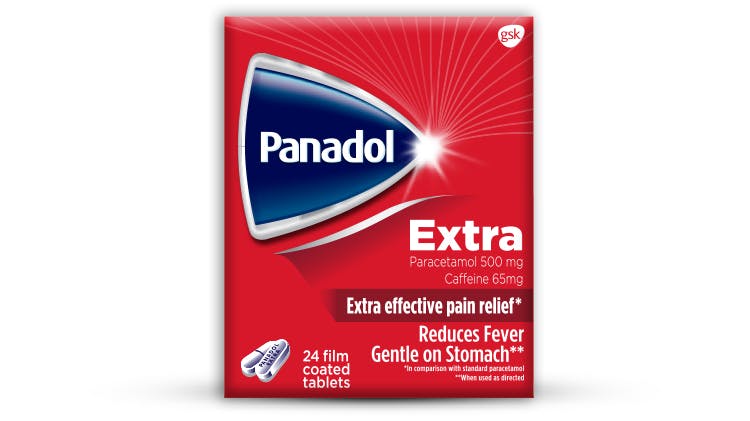Tension-type headache – signs & symptoms

How do patients present?
Tension-type headache
Tension-type headache (TTH) usually begins during the teens and it tends to affect more women than men. TTH is usually described as a pressure or tightness, like a band around the head that may feel like it is coming from or radiating to the neck.1
Signs, symptoms and “red flags”

Tension-type headache2,3
| TTH |
| At least 10 episodes lasting around 30 minutes to 7 days per month |
| Associated with at least 2 of the following: - on both sides of the head - pressing or tightening quality - non-throbbing in nature - mild-to-moderate intensity - not aggravated by routine activities |
| It should not be associated with: - nausea or vomiting - sensitivity to light and/or sound |

“Red-flag” symptoms2-5
Though common, TTH is not the only cause of headaches. Sometimes, patients could present with symptoms or a history that should be considered for urgent referral to either a doctor or a specialist. These include:
| “Red-flag” symptoms |
| A severe and abrupt onset of headache |
| Headaches that have suddenly “appeared” in middle-age or older (> 40 years old) |
| Associated complaints that may indicate problems with the nervous system like a stiff neck, focal signs (drooping face, paralysis on one side of the body and slurred speech) suggestive of a stroke and, reduced consciousness |
| Other signs such as fever, looking ill and, nausea and/or vomiting that occurs without history of or other symptoms of migraines |
| Significant changes in the pattern of headaches experienced e.g. increased frequency or worsening severity |
| Severe headaches at night or when waking up in the morning as, it could be something other than migraines |
| Onset with strenuous physical activity such as exercise |
Understanding headaches
Learn more

Panadol Extra
Is recommended for use as an analgesic in the relief of mild to moderate pain such as is associated with rheumatism (i.e. joint pain), neuralgia, musculoskeletal disorders, headache, backache and symptoms of colds, influenza, sore throat, feverishness, feverish colds, toothache and dysmenorrhoea.4
